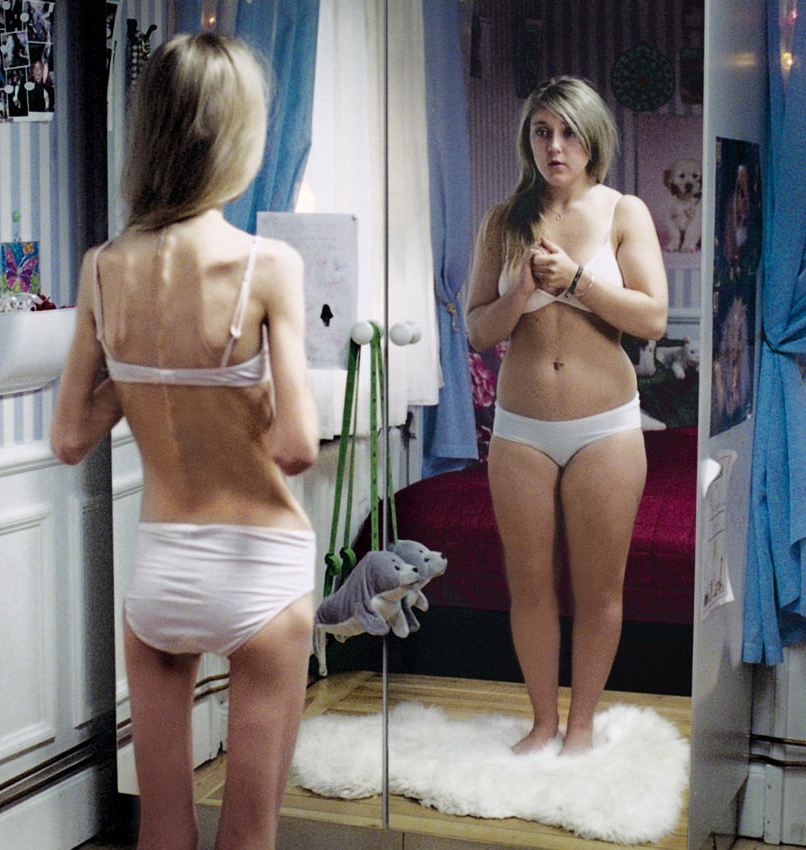
Plastic Surgery
[media id=16 width=500 height=400]
Plastic surgery is a medical specialty concerned with the correction or restoration of form and function. While famous for aesthetic surgery, plastic surgery also includes two main fields: plastic and reconstructive surgery. The word “plastic” derives from the Greek plastikos meaning to mold or to shape; its use here is not connected with the synthetic polymer material known as plastic.
Plastic surgery sub-specialities
Plastic surgery is a broad field, and may be subdivided further. Plastic surgery training and approval by the American Board of Plastic Surgery includes mastery of the following as well.
Craniofacial surgery is divided into pediatric and adult craniofacial surgery. Pediatric craniofacial surgery mostly revolves around the treatment of congenital anomalies of the craniofacial skeleton and soft tissues, such as cleft lip and palate, craniosynostosis, and pediatric fractures. Because these children have multiple issues, the best approach to providing care to them is an interdisciplinary approach which also includes otolaryngologists, oral and maxillofacial surgeons, speech therapists, occupational therapists and geneticists. Adult craniofacial surgery deals mostly with fractures and secondary surgeries (such as orbital reconstruction) along with orthognathic surgery. Craniofacial surgery is an integral part of all plastic surgery training programs, and further training is frequently obtained via a craniofacial fellowship for additional expertise.
Hand surgery is concerned with acute injuries and chronic diseases of the hand and wrist, correction of congenital malformations of the upper extremities, and peripheral nerve problems (such as brachial plexus injuries or carpal tunnel syndrome). Hand surgery is an important part of training in plastic surgery, as well as microsurgery, which is necessary to replant an amputated extremity. Most Hand surgeons will opt to complete a fellowship in Hand Surgery. The Hand surgery field is also practiced by orthopedic surgeons and general surgeons (see Hand surgeon).
Cosmetic or Aesthetic Surgery
Aesthetic Surgery involves techniques intended for the “enhancement” of appearance through surgical and medical techniques, and is specifically concerned with maintaining normal appearance, restoring it, or enhancing it beyond the average level toward some aesthetic ideal.
In 2006, nearly 11 million cosmetic surgeries were performed in the United States alone. The number of cosmetic sprocedures performed in the United States has increased over 50 percent since the start of the century. Nearly 12 million cosmetic surgeries were performed in 2007, with the five most common being breast augmentation, liposuction, nasal surgery, eyelid surgery and abdominoplasty. The increased use of cosmetic surgery crosses racial and ethnic lines in the U.S., with increases seen among African-Americans and Hispanic Americans as well as Caucasian Americans. In Europe, the second largest market for cosmetic procedures, cosmetic surgery is a $2.2 billion business.
The most prevalent aesthetic/cosmetic procedures are listed below. Most of these types of surgery are more commonly known by their “common names.” These are also listed when pertinent.
Abdominoplasty (or “tummy tuck”): reshaping and firming of the abdome.
Blepharoplasty (or “eyelid surgery”): Reshaping of the eyelids or the application of permanent eyeliner, including Asian blepharoplasty
Mammoplast
Breast augmentation (“breast enlargement” or “boob job”): Augmentation of the breasts. This can involve either fat grafting, saline or silicone gel prosthetics. Initially performed to women with micromastia.
Breast reduction: Removal of skin and glandular tissue. Indicated to reduce back and shoulder pain in women with gigantomastia and/or for psychological benefit in women with gigantomastia/macromastia and men with gynecomastia.
Breast lift (Mastopexy): Lifting or reshaping of breasts to make them less saggy, often after weight loss (after a pregnancy, for example). It involves removal of breast skin as opposed to glandular tissue or scarless Serdev suture technique .
Plastic surgery sub-specialities
Plastic surgery is a broad field, and may be subdivided further. Plastic surgery training and approval by the American Board of Plastic Surgery includes mastery of the following as well.
Craniofacial surgery is divided into pediatric and adult craniofacial surgery. Pediatric craniofacial surgery mostly revolves around the treatment of congenital anomalies of the craniofacial skeleton and soft tissues, such as cleft lip and palate, craniosynostosis, and pediatric fractures. Because these children have multiple issues, the best approach to providing care to them is an interdisciplinary approach which also includes otolaryngologists, oral and maxillofacial surgeons, speech therapists, occupational therapists and geneticists. Adult craniofacial surgery deals mostly with fractures and secondary surgeries (such as orbital reconstruction) along with orthognathic surgery. Craniofacial surgery is an integral part of all plastic surgery training programs, and further training is frequently obtained via a craniofacial fellowship for additional expertise.
Hand surgery is concerned with acute injuries and chronic diseases of the hand and wrist, correction of congenital malformations of the upper extremities, and peripheral nerve problems (such as brachial plexus injuries or carpal tunnel syndrome). Hand surgery is an important part of training in plastic surgery, as well as microsurgery, which is necessary to replant an amputated extremity. Most Hand surgeons will opt to complete a fellowship in Hand Surgery. The Hand surgery field is also practiced by orthopedic surgeons and general surgeons (see Hand surgeon).
Plastic Surgery , Plastic Surgery Health, Plastic Surgery Health Latest, Plastic Surgery Health Information, bealthy breakfast Health information, Plastic Surgery Health Photo, Plastic Surgery Health Latest, Plastic Surgery Health latest, Plastic Surgery Health Story, Plastic Surgery Health story, Plastic Surgery Video, Plastic Surgery video, Plastic Surgery Health History, Plastic Surgery Health history, history, Plastic Surgery Asia, Plastic Surgery asia, Plastic Surgery Gallery, Plastic Surgery gallery, Plastic Surgery Photo Gallery, Plastic Surgery photo gallery, Plastic Surgery Picture, Plastic Surgery picture, Plastic Surgery Web, Malaysia Health, web Health, picture, video photo, gallery, laparoscopy, virus, flu, drug, video, photo, nutrition, symptoms, surgery, operation, bf1, hotforwords, hot, for, words, intelligence, is, marina, orlova, word, origins, etymology, plastic, surgery


